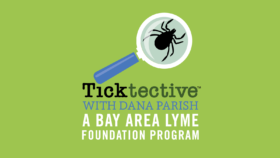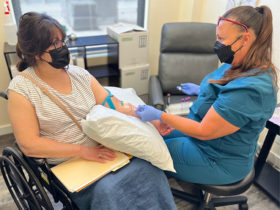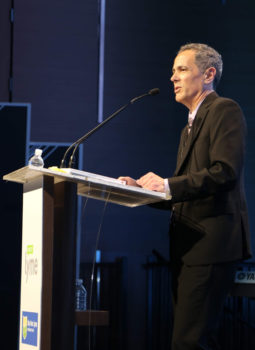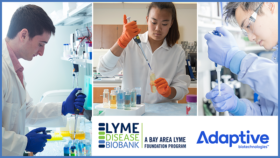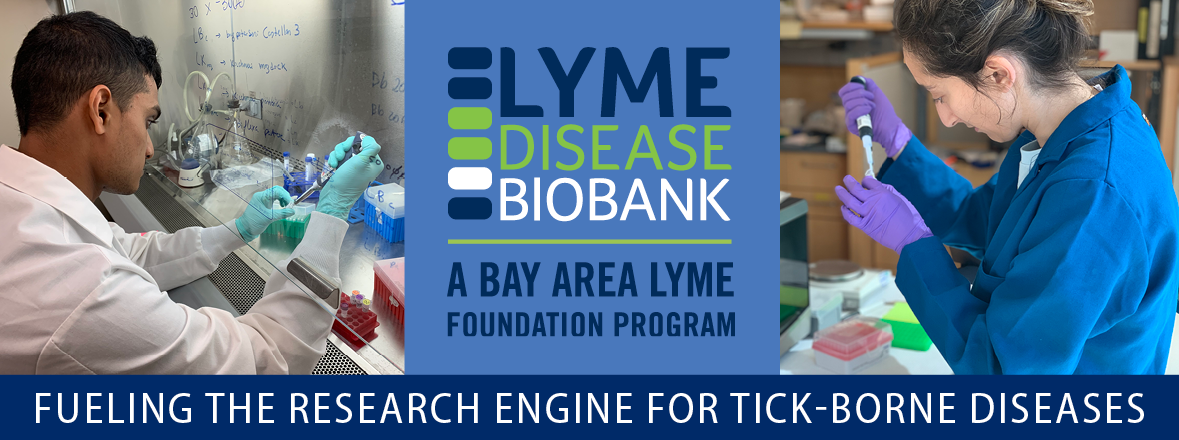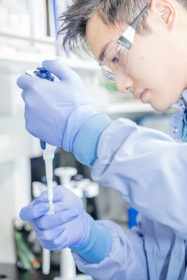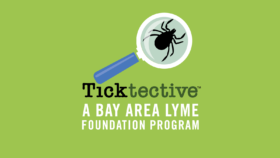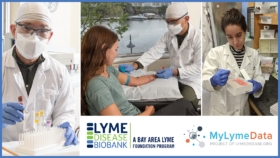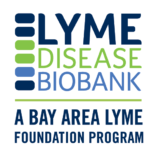By Bay Area Lyme Foundation FOR IMMEDIATE RELEASE
Bay Area Lyme Foundation Selects National Winners of the 2022 Emerging Leader Awards Aimed at Making Lyme Disease Easy to Diagnose and Simple to Cure
Winners Nichole Pedowitz PhD, of Stanford University and Peter Gwynne PhD, of Tufts University will focus on developing novel diagnostic tests that can identify patients with Lyme disease
PORTOLA VALLEY, Calif., August 9, 2022—Bay Area Lyme Foundation, a leading sponsor of Lyme disease research in the US, announces the recipients of the 2022 Emerging Leader Awards (ELA), which are designed to support promising scientists who are advancing development of accurate and effective diagnostic tests. Both awardees this year are focused on diagnostics, which is particularly important as the current gold standard diagnostic test has been shown to be insensitive in up to 60% of early-stage disease.
This year’s winners are Nichole Pedowitz, PhD, of Stanford University, who will receive $100,000 for her work to develop a new rapid diagnostic to directly test for the bacteria that causes Lyme disease and Peter Gwynne, PhD, of Tufts University, who will receive $100,000 to further identify antibodies which may be markers of persistent Lyme disease infection.
“The lack of a reliable test for Lyme disease makes it not only impossible to ensure that patients receive prompt, appropriate care but also challenging for scientists and clinicians to evaluate emerging treatments,” said Linda Giampa, executive director, Bay Area Lyme Foundation. “Our hope is that Drs. Pedowitz and Gwynne will make strides toward the development of diagnostic tests that will be effective in identifying Lyme patients at various stages of the disease.”
